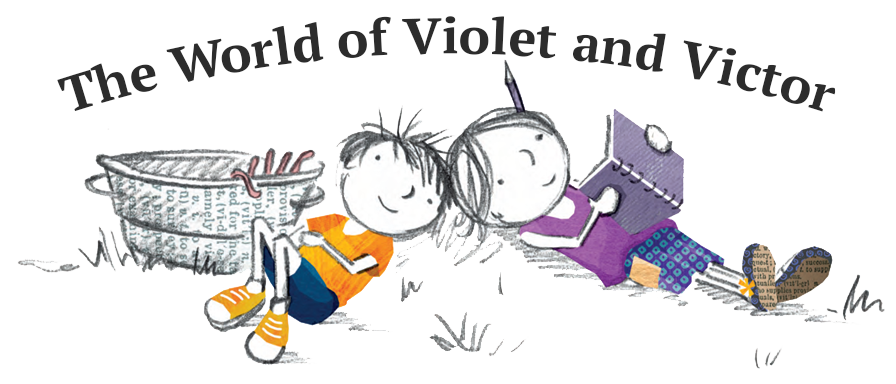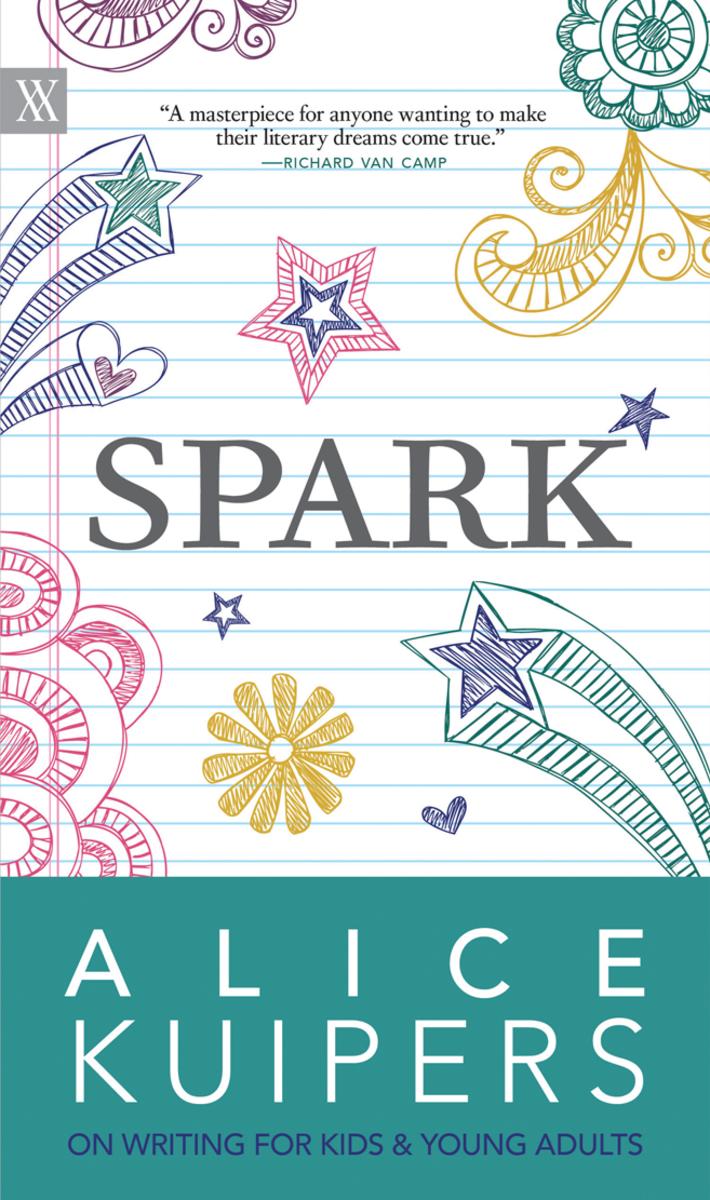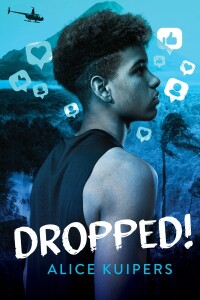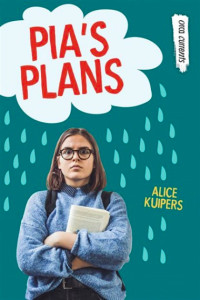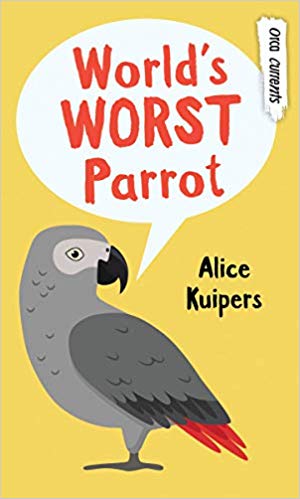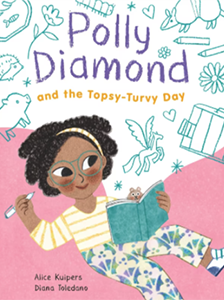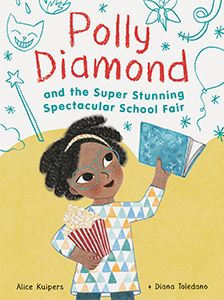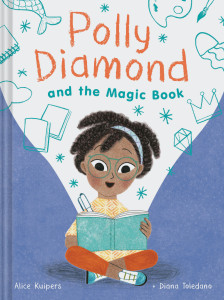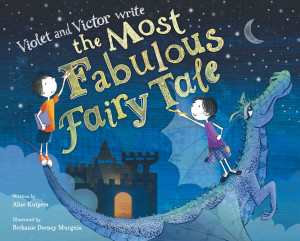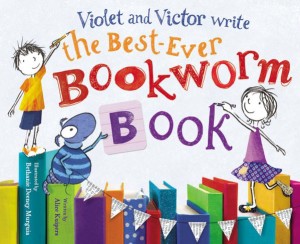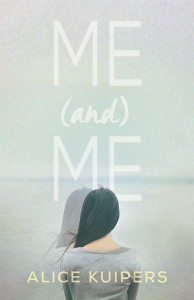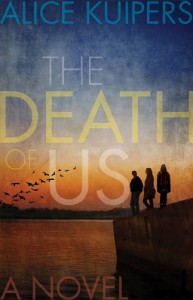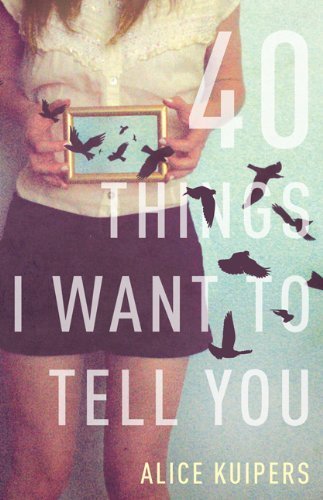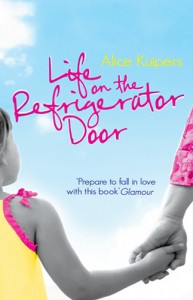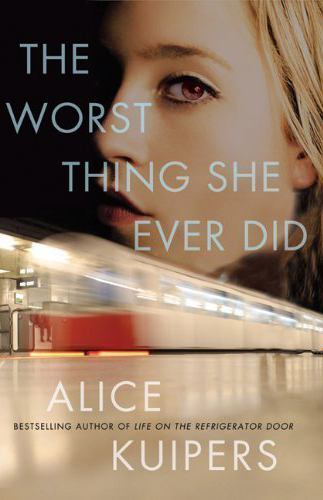I love to use photos to inspire stories, personal essays and occasionally poems (okay, the poems are pretty bad, but I still enjoy writing them). Today, I want to share some of the ways I use photographs to inspire you. I have a new Instagram page which I regularly update with photos that I find make me want to write. Hopefully when you get to the end of this post, you’re ready to start writing too.
1–The first way I use a photo writing prompt is to let my imagination go with it. We forget in our busy society that the imagination is a muscle that needs to work out. We think that daydreaming is a waste of time. but if we never daydream, we miss the most important part of being alive: the moments when we see new ways of looking at the world. I simply look at the photograph and ask myself what if… that question normally cues my imagination to stretch and then ideas come.
2–I often use photographs to inspire character ideas. When I’m working on a new book, I like to surf through photographs of people who are the same age or gender as the person I have in my mind. A photo prompt of a person can get your mind ready for a character too. The same goes with objects. If the photo prompt is of an object, I try to imagine who might be the owner. This often sparks ideas for new stories or for deepening characters I’m working with in other projects.
3–The most important part of using a photo writing prompt is to let myself go on the page. Sometimes writing becomes very ‘end result‘. What I mean by this is that as writers if we’re thinking about who is going to read the piece, we’re inhibiting ourselves. A prompt normally gets me to think in a new way merely because I’m not trying to write something specific. I’m not thinking about who might read my writing. In fact, I’m free-writing–just letting the words appear and telling myself I’ll edit later. I find this a great practice for whenever I’m working on a new book. Letting the words appear is the way to give myself content to sharpen ready for publication later. But first, I have to write!
4–Some of you will be in writing groups and I love to use photo prompts with writing groups. All of you can sit and use the same photo, then set yourself a time to write. And go. Write for, say, twenty minutes, and then consider sharing what you’ve got. You’ll inspire each other, spark ideas and marvel at how unbelievably different is the work each of you has produced.
5–Sometimes I use photo prompts to try a new form. As I writer, I’ve published YA and picture books, but there are plenty of other ways for me to try writing. I’ll use a photo to try a short story. I might try a poem. Or an essay. I use photo prompts to have fun with my writing. Hopefully you feel like having a little fun with your writing. Head on over to the Instagram page to pick a photo to start working with. And let me know how it goes.
If you enjoyed reading this, share it with your other writer friends. And head here for free tips on being more creative, book recommendations and more writing ideas.


